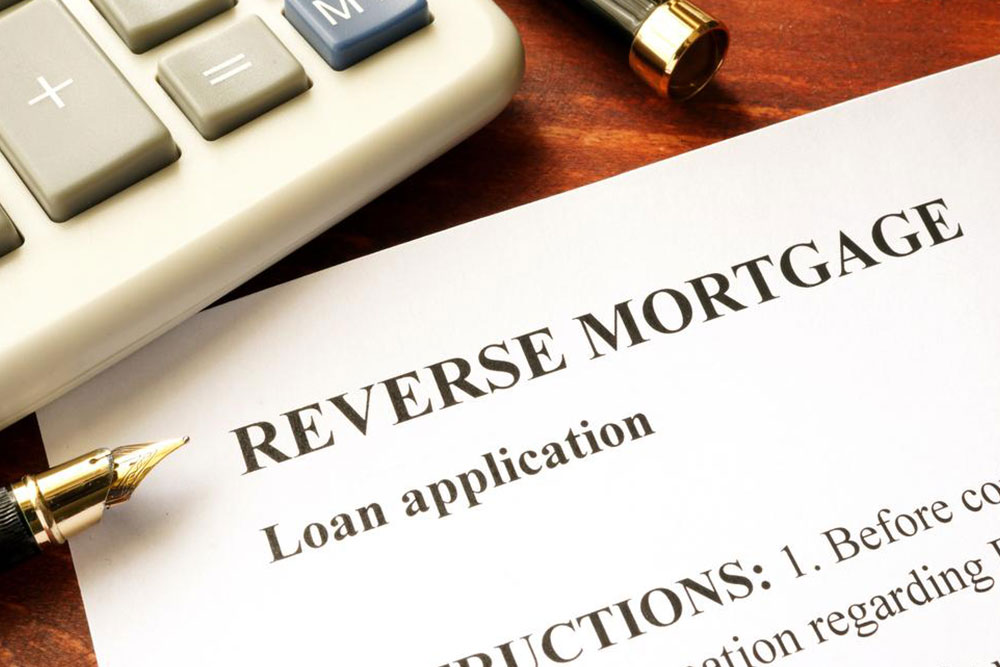Enhancing Retirement Financial Security: The Top 4 Advantages of Reverse Mortgages
Discover how reverse mortgages can significantly enhance retirement planning by providing flexible income sources, serving as a financial bridge, and supporting tax-efficient strategies. This in-depth guide explores four key benefits that can help retirees maximize their financial stability and independence.

Enhancing Retirement Financial Security: The Top 4 Advantages of Reverse Mortgages
Many individuals still view reverse mortgages as a last-resort financial option, but in reality, they can serve as a powerful tool for comprehensive retirement planning. When used strategically, reverse mortgages can help retirees maximize their income, manage risks, and maintain financial independence during their golden years. In this article, we explore four key benefits of reverse mortgages that can significantly improve your retirement finances and provide peace of mind.
Strategic Spending Aligned with Investment Portfolios
Retirement often involves navigating market fluctuations and ensuring your savings last through years of expenses. Early in retirement, market downturns pose a substantial risk, especially when withdrawing funds from investments. Selling stocks or mutual funds during a downturn can lock in losses and reduce your nest egg. A reverse mortgage, particularly with its standby line of credit feature, offers a valuable safety net to help manage this risk.
This standby line of credit functions as a flexible, accessible source of funds that can be drawn upon when needed, without forcing you to sell investments at unfavorable prices. By strategically utilizing this credit line, retirees can help stabilize their investment portfolios during turbulent market periods, avoiding the need to liquidate assets in a down market. This approach enables a more balanced withdrawal strategy, preserving your long-term financial health.
Factors such as the current mortgage balance, prevailing interest rates, and the age of the borrower influence the size of the available credit line. Proper planning and timing when accessing these funds can significantly impact your overall financial stability. Using the reverse mortgage’s credit line effectively permits retirees to control their finances according to economic conditions, providing reassurance during economic downturns and postponing the depletion of other savings sources.
Serving as a Financial Bridge for Social Security Benefits
Waiting to claim Social Security benefits can be a smart financial move, as delaying benefits until reaching age 70 increases monthly payments significantly. However, claiming benefits early—starting at age 62—can create a substantial income gap of up to eight years before receiving full entitlement. During this period, retirees might face financial stress, especially if other income sources are limited.
Here, reverse mortgages can act as a vital bridge to fill this income gap. With options such as a term payout plan, reverse mortgages provide a steady cash flow to cover essential expenses until Social Security benefits kick in. This strategy ensures that retirees do not have to dip into their investment capital prematurely, helping to preserve their assets and maintain lifestyle stability during the interim period.
Emergency Fund and Unexpected Expenses Coverage
Unexpected costs are a reality in retirement, whether due to medical emergencies, urgent home repairs, or family needs. Having quick access to a flexible source of funds is crucial in managing these unforeseen expenses. A reverse mortgage line of credit offers retirees the ability to tap into their home's equity whenever necessary, providing increased financial resilience.
Using this credit line enables retirees to handle expenses as they arise without disrupting their long-term financial plans. It’s particularly helpful for in-home care or necessary modifications that improve quality of life. However, it’s important to note that long-term nursing home stays exceeding a year might impact the eligibility or terms of maintaining a reverse mortgage, so planning ahead is essential.
Facilitating Roth IRA Conversions and Reducing Tax Burden
Retirees aiming to optimize their tax situation often consider converting traditional IRA or 401(k) assets into Roth IRAs. Reverse mortgages can aid this process by providing accessible funds to pay for the taxes incurred during conversions, enabling systematic and strategic withdrawals.
This approach allows retirees to convert their retirement accounts gradually, spreading out the tax liability over several years. Additionally, since the IRS requires minimum distributions starting at age 70½, converting and managing these assets carefully can help reduce the overall tax impact and potentially increase the tax-free income stream in later years. By integrating reverse mortgages into their financial plan, retirees can create a more tax-efficient retirement income strategy, ultimately enhancing their financial security and flexibility.
Overall, reverse mortgages, when used thoughtfully, can serve as a versatile financial tool that supports various retirement needs—from income supplementation and risk management to tax planning and emergency preparedness. This comprehensive approach can help retirees enjoy a more secure, comfortable, and independent retirement lifestyle.





